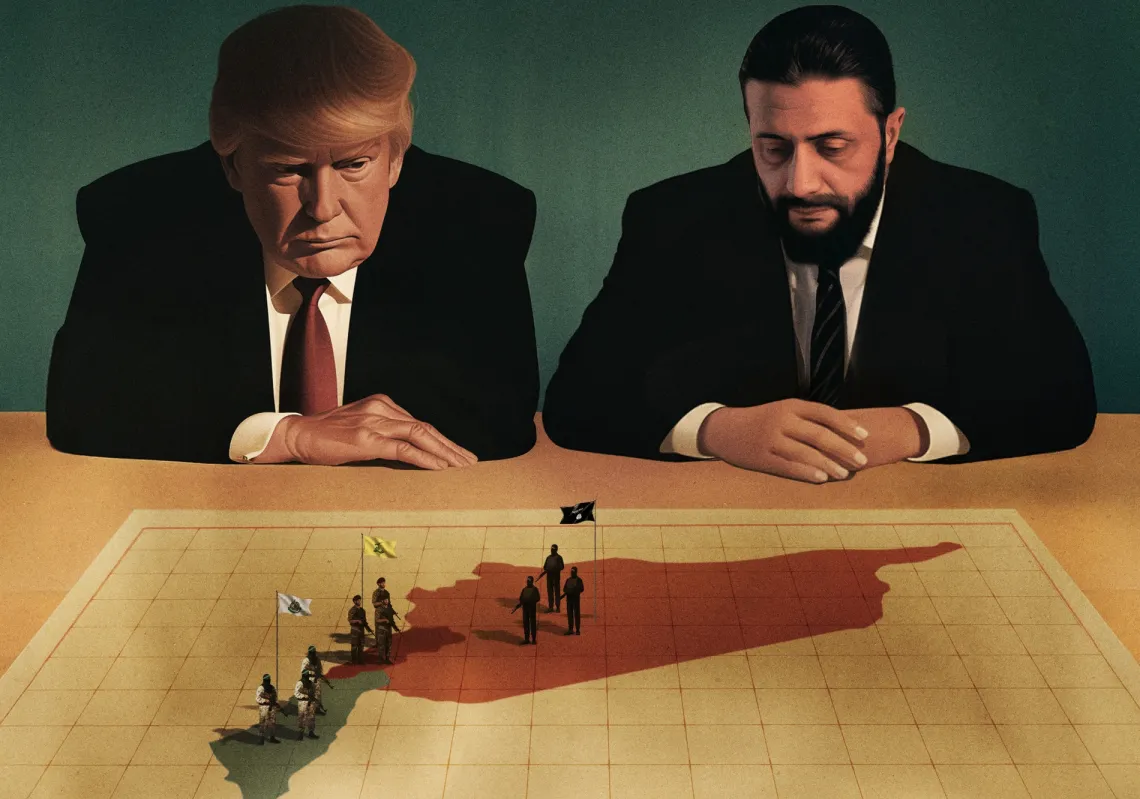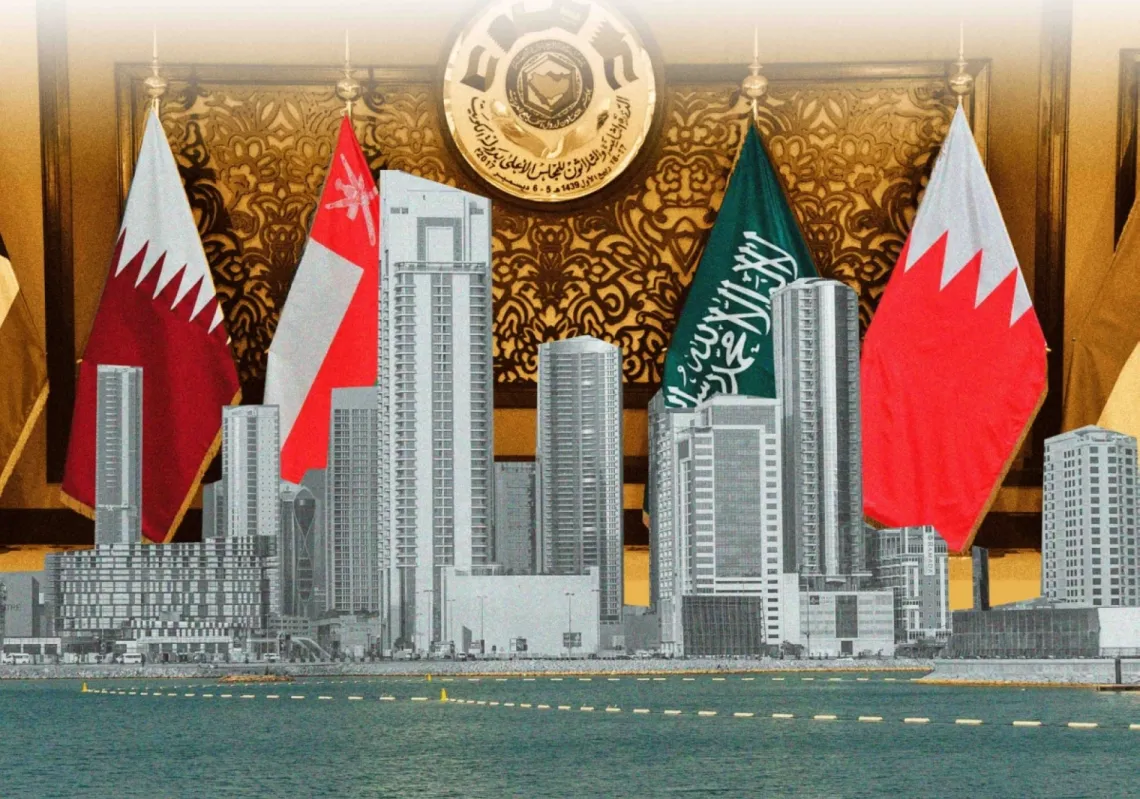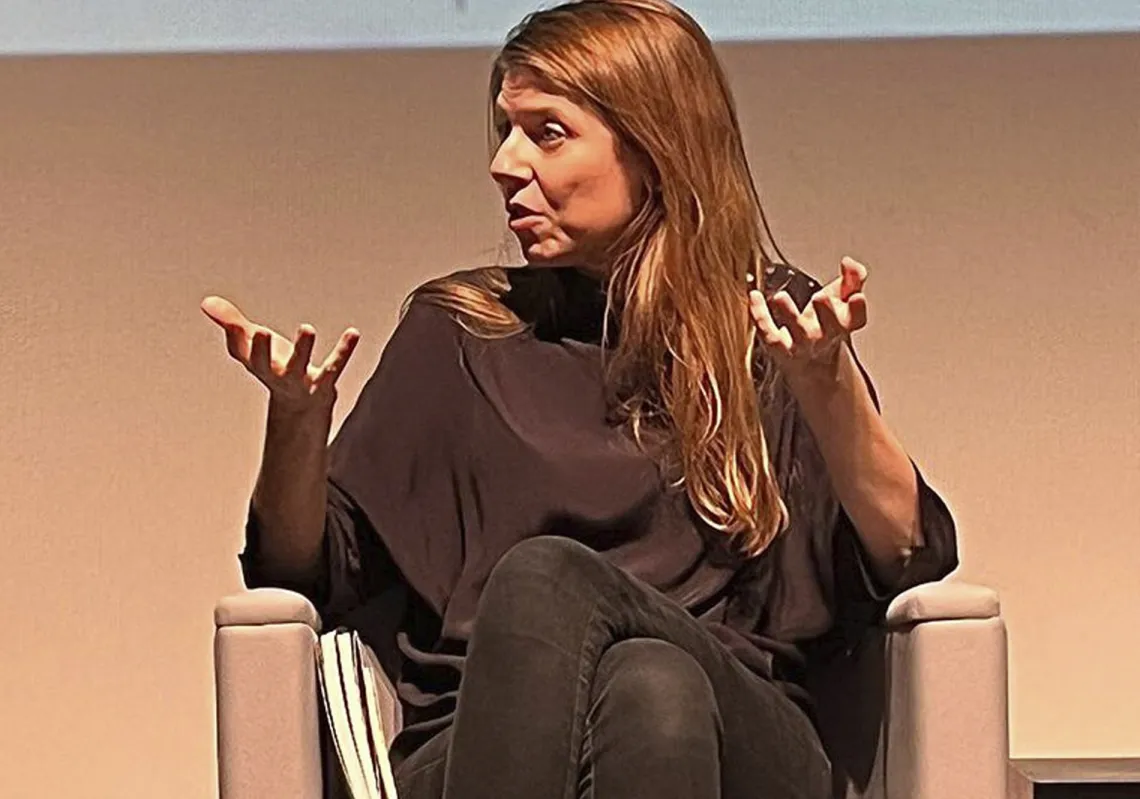 Russian President Vladimir Putin and the head of the Chechen Republic Ramzan Kadyrov on 10 December 2015. ( Photo by Kremlin.ru, CC BY 4.0, https://commons.wikimedia.org/w/index.php?curid=45555387)[/caption]
Russian President Vladimir Putin and the head of the Chechen Republic Ramzan Kadyrov on 10 December 2015. ( Photo by Kremlin.ru, CC BY 4.0, https://commons.wikimedia.org/w/index.php?curid=45555387)[/caption]
By Maia Otarashvili*
On September 18th, Chechnya, one of the Russian Federation’s 22 constituent republics, held elections to vote for its Head, lawmakers of the republic’s parliament, as well as local government bodies. Early election results showed that Ramzan Kadyrov was set to win the elections, receiving 98% of the votes. In almost 10 years as Head of the republic, Kadyrov’s list of accomplishments in Chechnya is long and impressive. But his regime is also known for corruption, disregard for human rights, as well as severe brutality, particularly in response to signs of terrorism. But the truth is that, even under those circumstances, Chechnya has never been as stable as it has been under Kadyrov. When going over the long list of Russia’s vulnerabilities, unpredictable and terrorism-ridden Chechnya is at the very top. Yet, Kadyrov has proven to be Putin’s secret weapon for keeping a lid on that boiling pot. Thus, it can be argued that Kadyrov’s role has been integral to maintaining the Putin government’s success and stability in Russia.
Kadyrov is Keeping Chechnya in Check After a Long History of Instability
39 year-old Ramzan Kadyrov has ruled the republic of Chechnya since 2007. Before his term as Head of the republic ran out in April 2016, he publicly announced that his job in Chechnya was done, that he had accomplished a lot, and that now he was ready to step down. He said it was time for Moscow to find someone else to step in. This announcement came as no surprise to those who believed that Kadyrov aspired to go to Moscow, to take part in the greater Russian politics, and perhaps even become Putin’s prime minister, or even president of Russia one day. To most other observers, however, it was simply an expression of false humility. But, back in April, Putin appointed Kadyrov interim Head of Chechnya, until the elections took place in September. This appointment proved that Putin had no plans for Kadyrov beyond Chechnya, at least not in the near future. Perhaps this is because Kadyrov’s leadership in the republic has meant a great deal of stability (albeit at the expense of freedom and democracy) for a region that could otherwise be compared to a “ticking bomb” for Russia. After all, this is a region known for its instability and danger.
Chechnya is particularly infamous for breeding home-grown terrorism in Russia. Russian-Chechnyan relations were historically hostile, and date back to the Russian Empire’s annexation of Chechnya in 1870. Chechen attempts at gaining independence from Russia have ended in bloodshed and war ever since. In 1944, more than half a million Chechens, Ingush and other north Caucasian peoples were exiled to Siberia and Central Asia by the Soviet government as punishment for collaborating with the invading German forces from 1940-1944. After many years of living under the rule of the Russian Empire, then Bolshevist Russia, and, later, the Soviet Union, Chechnya was finally able take advantage of Soviet Russia’s fragmentation in the early 1990s. After the fall of the Soviet Union, Chechnya declared independence in 1993 as the Chechen Republic of Ichkeria.
Only a year after Chechnya declared independence, the Russian government took advantage of domestic infighting in the republic and joined forces with Chechen separatists to launch an attack on the capital, Grozny. The ensuing conflict lasted almost two years, ending in August 1996 after a number of bloody clashes in which thousands were killed, injured, and internally displaced. Although a formal peace treaty was signed in 1997, less than two years later, the Chechen Islamic International Brigade launched an invasion into the neighboring Russian Republic of Dagestan. The armed conflict ended with a major Russian victory and led to the second Chechen war. This war ended in May 2000, after which Russia established direct rule over Chechnya. The harsh Russian tactics during the conflict fundamentally altered the nature of the Chechen struggle for independence into a broader movement for revenge that was eventually fueled by Jihadist ideology.
This insurgency phase that followed the second Chechen war only came to an end in early 2009. Not only were the terrorists able to challenge Moscow’s rule over Chechnya for nine years, they also created a permanent hub for radical Islamists with alleged connections to the Taliban. Moreover, since the rise of ISIS, the world has seen Chechen extremists pour into Syria, appearing in leadership positions of the ISIS (as of February 2015 there were approximately 1700 Russian nationals fighting alongside ISIS).
Yet, Chechnya’s terrorism problem is no longer as dire as it used to be, in the early 2000’s. This is a result of Putin’s ability to find allies in the region, and buy allegiances in Chechnya and Dagestan, thus employing local actors to hunt down terrorists. Arguably the most high-profile local actor was Akhmad Kadyrov, a rebel leader who switched allegiances at the height of the second Chechen War before becoming president of the republic in 2003. After Kadyrov’s murder, his son, Ramzan, replaced his father as president in 2007, and has since become the most valuable ally of Putin in the region.
Moscow’s main support for Kadyrov comes in the shape of funding for an anti-terrorist unit known as the “Kadyrovtsi,” a group infamous for its brutality. But the case of Chechnya is a complex one, made even more so because President Putin has been able to spin his Chechnya adventures into a public relations advantage. Rather than presenting the Second Chechen War as Russia’s fight against an autonomous republic’s attempt at independence, he has been able to portray it as part of the global ‘war on terror’. This paradigm shift has brought greater Western acceptance of Putin’s actions in Chechnya. This also helps to make Putin’s support for Syria’s Bashar al-Assad perfectly justifiable to the Russian domestic audience. More than anything, Putin fears a spillover of the Syrian crisis into Chechnya. Consequently, Moscow continues to have a vested interest in providing financial and political support to the governments of Chechnya and Dagestan. Without the likes of Kadyrov in control, the true and perceived stability in the north Caucasus might once again be shattered - to the detriment of the Russian heartland.
Thus, the ticking bomb that is the terrorism-ridden north Caucasus presents one of the greatest challenges to Vladimir Putin’s legacy. At the moment this legacy requires careful tending, and Ramzan Kadyrov’s unchallenged reign in Chechnya is Putin’s insurance policy in that regard.
Kadyrov as Putin’s Not So Secret Weapon
But Ramzan Kadyrov’s usefulness to Vladimir Putin does not end in Chechnya. Many Russians believe that Kadyrov and his Kadyrovtsi may also be doing Putin’s dirty work in Moscow – particularly in terms of getting rid of individuals who threaten Putin’s rule. The list of killings and intimidations of journalists and opposition leaders under Putin’s regime is long, and a shocking number of them is connected to Kadyrov and his strongmen. For example, to cite just a few of the New York Times documented incidents: in 2006 Anna Politkovskaya, a Russian journalist, was shot to death in her apartment building; the human rights activist Natalia Estemirova was found dead in a car trunk in July 2009; a few months later, Sergei Magnitsky, a lawyer investigating government corruption, died in prison in Moscow after reportedly being tortured; a year later, in November 2010, Oleg Kashin, a journalist, was severely beaten. Most recently, in February 2015, opposition leader Boris Nemtsov was shot to death in Moscow. The case was highly publicized, as Nemtsov was a beloved public figure in Russia and abroad, had been in strong opposition of Putin, and, in view of Ukraine’s Maidan uprisings of 2014, was seen as a viable challenger for Putin. After the murder of Nemtsov, President Putin announced that he would be personally responsible investigating the murder. Shortly thereafter it became widely assumed that the Nemtsov killing was carried out by Kadyrov’s team. Moreover, it is also widely assumed that Kadyrov’s people were behind the killings of Politkovskaya and Estemirova.
Grounds for this belief are strengthened by the fact that Kadyrov, who enjoys a significant online social media presence (Instagram and Twitter in particular), has openly threatened opposition figures on many occasions. For example, back in February 2016, another Russian opposition leader, and President Putin’s former Prime Minister, Mikhail Kasyanov, was threatened by Kadyrov online. Shortly after the incident, Mr. Kasyanov was attacked by a group of men at a restaurant. Although he survived the attack, the smear campaign continued, as two months later Kremlin-friendly television channel NTV aired a video of Kasyanov’s intimate activities with a female British activist. Formally Kadyrov has not been convicted of any of the above mentioned crimes, nor has any official Russian investigation connected him to the incidents.
Kadyrov’s aggressive ways of dealing with problems are coupled with his deep love for President Putin. He declares this affection on his social media accounts on almost weekly basis. This is likely a result of personal patriotic feelings, coupled with gratitude from the monetary benefits that Kadyrov has been receiving from Moscow for years now. President Putin understands Kadyrov’s value, and does not hesitate to continue to pour money into Chechnya. As the Economist reported, despite Russia’s economic recession, Putin increased Moscow’s funding to Chechnya by 8% in 2016.
Kadyrov’s recent rise to international fame has experts wondering who exactly he may be to Putin and Russia. Considering Chechnya’s lengthy fight for independence from Russia, is Kadyrov seen as a traitor for incorporating the republic so tightly into the Russian Federation? There are not many Chechnyans who oppose Kadyrov at this point-- his cult of personality is strong--but those who fought for the republic’s independence, like Akhmed Zakayev, the former Prime Minister of separatist Chechnya, currently living in London, think so. On the international scale, some observers have said that Kadyrov is a rogue agent; one Putin cannot control or tame. Others believe him to be Putin’s dragon, while the rest see him as Putin’s loyal servant. The reality is that Kadyrov is a little bit of all of the above. But, most importantly, he is Putin’s insurance in Chechnya; as long as the Russian President can continue to afford Kadyrov’s loyalty.
*Maia Otarashvili is Research Fellow and Program Manager of the Eurasia Program at the Foreign Policy Research Institute in Philadelphia. She holds an MA in Globalization, Development, and Transitions from the University of Westminster in London, UK. Her current research is focused on the post-communist countries of the Eurasia region, including the Black Sea and Caucasus states.








